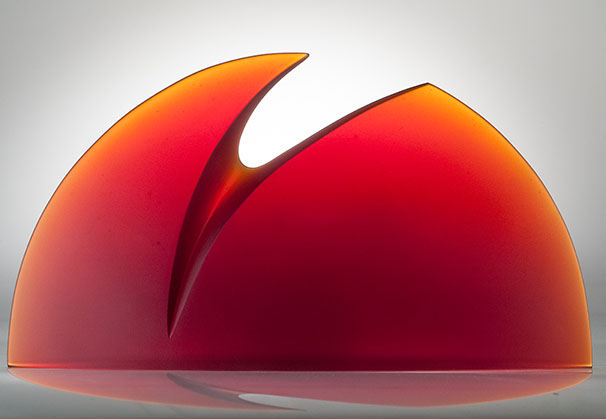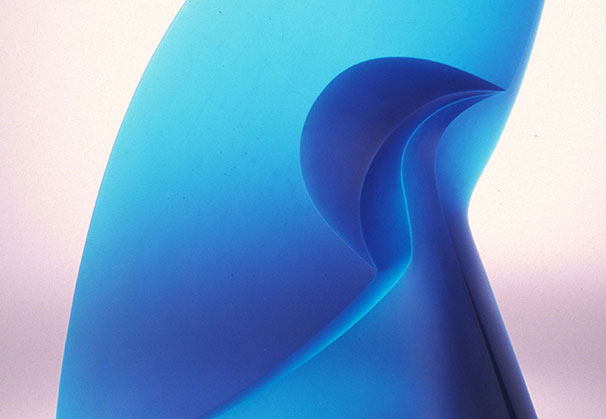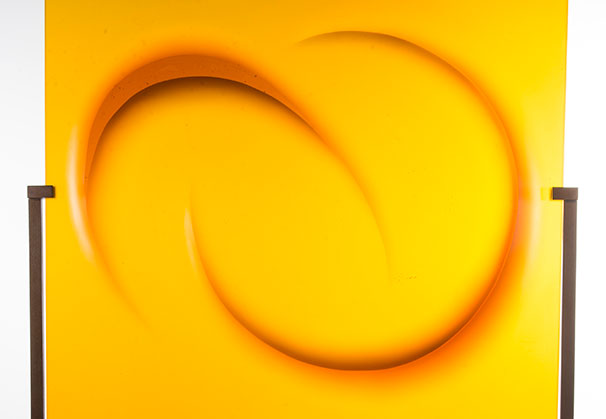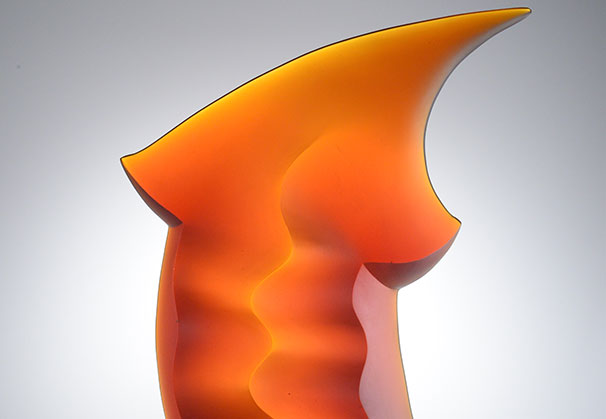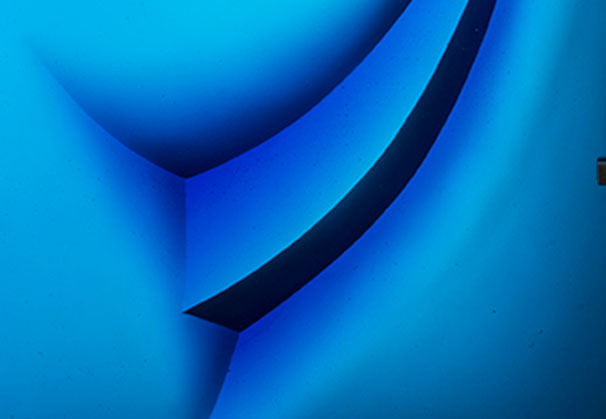Artist of the Month
July 2017

Latchezar Boyadjiev
Latchezar Boyadjiev creates dynamic shapes supported by sensual lines that will gradually evolve from an idea on paper to a sculpture in glass - and combined with light, will have a powerful impact on the viewer. Boyadjiev wants his work to become a part of modern architecture and contemporary environments, reflecting the era in which we live. Boyadjiev is represented by Montague Gallery in San Francisco, California.
Click on each photo to the right for a full picture.
Latchezar Boyadjiev

Artist Statement:
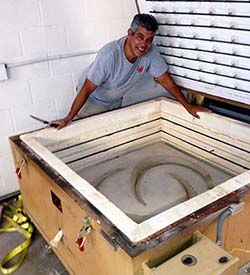 The human body has always been the foundation and source of my sculptures. For artists, “torsos” have been a main focus since the beginning of human civilization. I wanted to find new and more contemporary ways of showing the beauty and sensuality of a woman’s body, a way to express emotion and vitality. My sculptures are alive and dynamic, almost moving through space. Sculpting just a few gentle, soft lines and shapes using vibrant colors, combined with the transparency of glass, enables me to communicate feelings, emotions, and spirituality. Another and also very important inspiration for my sculptures is music. Music was my first introduction to art - my first love and is still a major influence. Through the beauty of the female body, the fragility and translucency of glass, and the inspiration of music, I want to evoke a positive and lasting impression.
The human body has always been the foundation and source of my sculptures. For artists, “torsos” have been a main focus since the beginning of human civilization. I wanted to find new and more contemporary ways of showing the beauty and sensuality of a woman’s body, a way to express emotion and vitality. My sculptures are alive and dynamic, almost moving through space. Sculpting just a few gentle, soft lines and shapes using vibrant colors, combined with the transparency of glass, enables me to communicate feelings, emotions, and spirituality. Another and also very important inspiration for my sculptures is music. Music was my first introduction to art - my first love and is still a major influence. Through the beauty of the female body, the fragility and translucency of glass, and the inspiration of music, I want to evoke a positive and lasting impression.
About Latchezar Boyadjiev
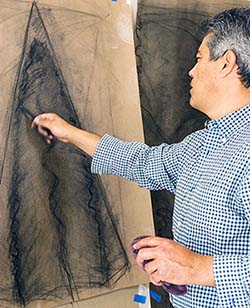 Latchezar Boyadjiev was born and raised in Sofia, Bulgaria, where he attended the Ceramics Department of the Academy of Applied Arts. In 1985 he was admitted to the prestigious Academy of Applied Arts in Prague, Czech Republic (formerly Czechoslovakia), under the guidance of Professor Stanislav Libensky, one of the most prominent glass artists of our time and an influential source for most glass artists in the Czech Republic and Slovakia.
Latchezar Boyadjiev was born and raised in Sofia, Bulgaria, where he attended the Ceramics Department of the Academy of Applied Arts. In 1985 he was admitted to the prestigious Academy of Applied Arts in Prague, Czech Republic (formerly Czechoslovakia), under the guidance of Professor Stanislav Libensky, one of the most prominent glass artists of our time and an influential source for most glass artists in the Czech Republic and Slovakia.
In 1986, just after graduating from the Academy, Boyadjiev defected to the United States via Italy. After settling in California, Boyadjiev worked for more than ten years in the field of optical glass, using cold work techniques such as cutting, grinding, polishing, and laminating to create the optical glass sculptures that he became initially known for.
Since there were limits to the size of his objects, he decided to change to a different technique. His drawing technique changed from pencil to charcoal, the glass technique from optical to cast glass.
The Academy’s strict curriculum of daily drawing and design classes for five years had its intended effect on the young student. Today, when working on new designs, Boyadjiev keeps drawing until something finally strikes him. New designs sometimes take him hours, days, or weeks to complete.
Once a drawing is satisfactory, a clay model is made. The next step is the actual sculpture rendered in clay with perfectly smooth surfaces and details. Next follows a series of positive and negative molds, a time consuming and detail oriented process that will lead to the final plaster positive that will determine the outcome of the sculpture.
Initially, Boyadjiev delivered those plaster positives to the Czech Republic himself, with the goal of selecting the best glass casting studios and glass color selections available. It also gave him the opportunity to work with some old friends from days past, and to create his new glass sculptures that were cast into yet another mold, later annealed, partially ground and polished.
His new and exciting work was introduced at SOFA 1997 in Chicago and the response was very enthusiastic - dynamic sculptures reflecting depth and dimension, a new approach to contemporary glass art and design.
Acknowledgment of Gallery:
We are grateful to Montague Gallery, San Francisco, California, for providing the Artist of the Month.

The Art Alliance for Contemporary Glass (AACG) is a not-for-profit organization and leading resource for glass collectors, art enthusiasts, artists, gallerists, museum personnel, and educators on all things related to glass art. AACG provides a collaborative place for robust conversations about glass art, including its production, techniques, and trends. We also encourage and support the glass community through annual grants and artist scholarships.





